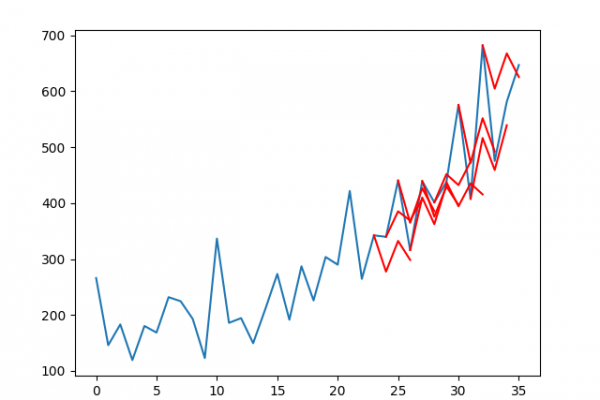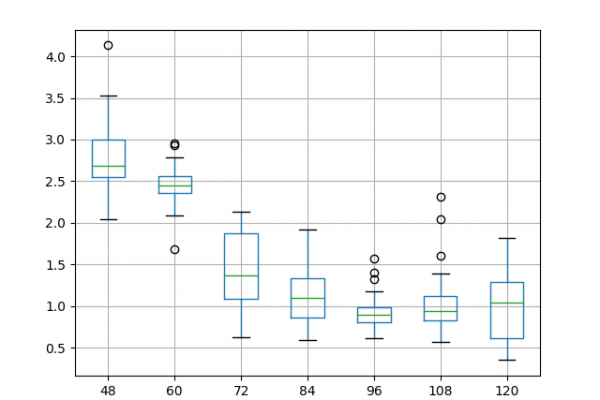How to Configure Multilayer Perceptron Network for Time Series Forecasting
Last Updated on August 28, 2020 It can be difficult when starting out on a new predictive modeling project with neural networks. There is so much to configure, and no clear idea where to start. It is important to be systematic. You can break bad assumptions and quickly hone in on configurations that work and areas for further investigation likely to payoff. In this tutorial, you will discover how to use exploratory configuration of multilayer perceptron (MLP) neural networks to […]
Read more








